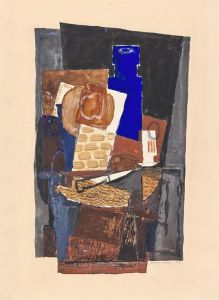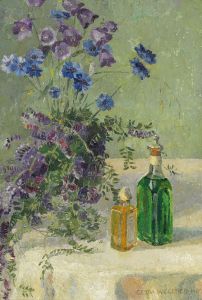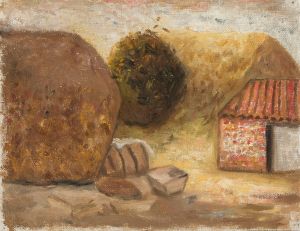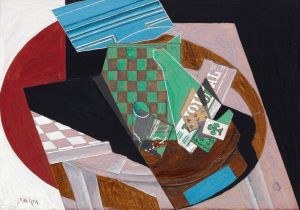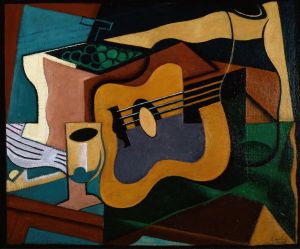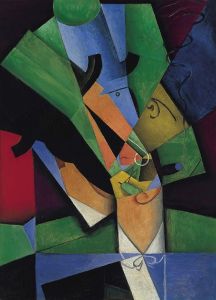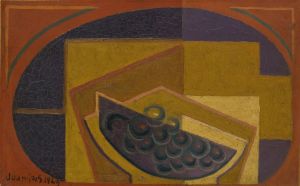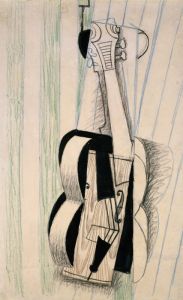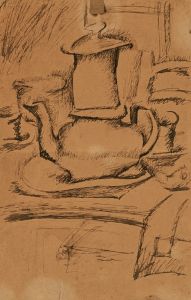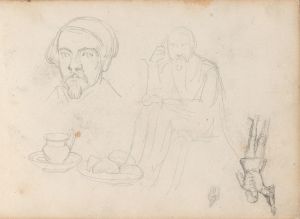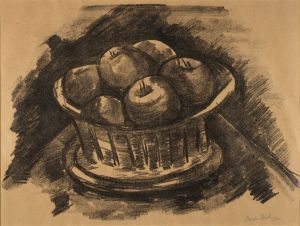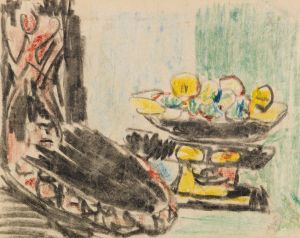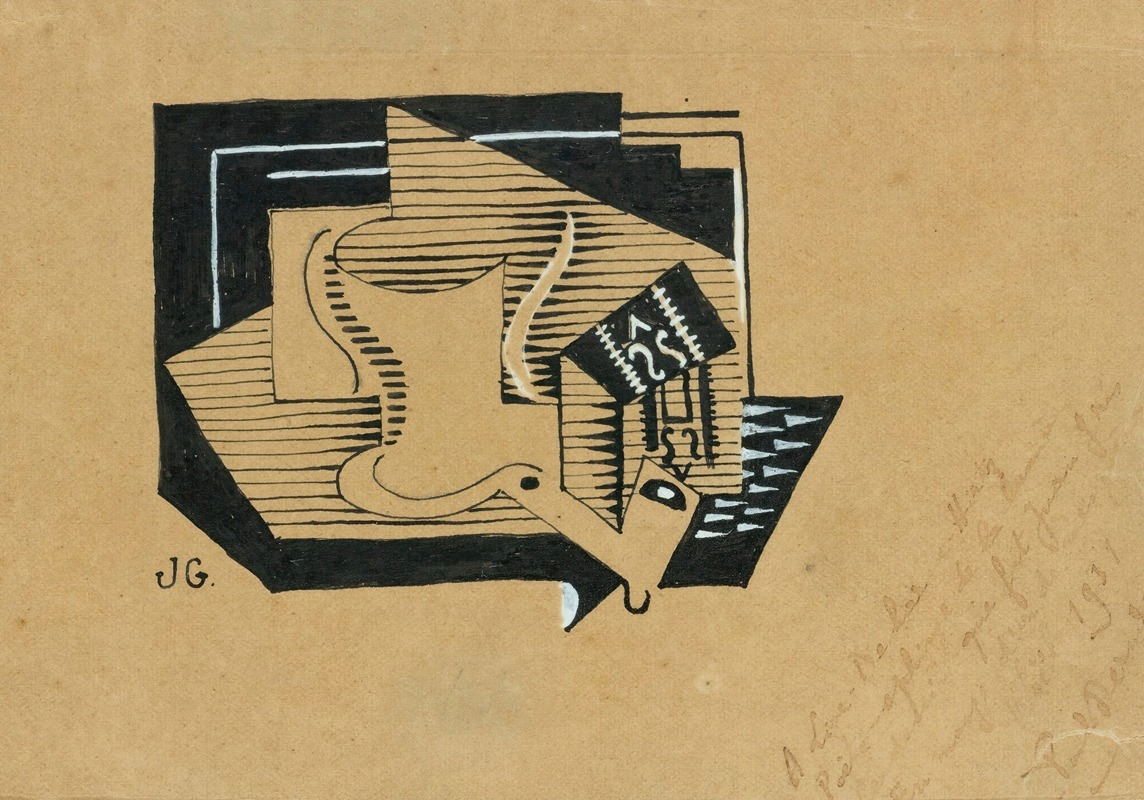
Nature Morte Au Compotier
A hand-painted replica of Juan Gris’s masterpiece Nature Morte Au Compotier, meticulously crafted by professional artists to capture the true essence of the original. Each piece is created with museum-quality canvas and rare mineral pigments, carefully painted by experienced artists with delicate brushstrokes and rich, layered colors to perfectly recreate the texture of the original artwork. Unlike machine-printed reproductions, this hand-painted version brings the painting to life, infused with the artist’s emotions and skill in every stroke. Whether for personal collection or home decoration, it instantly elevates the artistic atmosphere of any space.
Nature Morte au Compotier (Still Life with Compote and Fruit) is a painting by the Spanish artist Juan Gris, a prominent figure in the Cubist movement. Created in 1914, this artwork exemplifies Gris's mature Cubist style, characterized by his use of geometric forms, overlapping planes, and a harmonious balance of color and composition.
Juan Gris, born José Victoriano González-Pérez in Madrid in 1887, was closely associated with the Cubist movement, which emerged in the early 20th century. He moved to Paris in 1906, where he became acquainted with leading avant-garde artists, including Pablo Picasso and Georges Braque, the pioneers of Cubism. Gris's work is often distinguished from that of Picasso and Braque by his more structured and colorful approach to Cubist principles.
In Nature Morte au Compotier, Gris employs a still-life subject, a genre he frequently explored throughout his career. The painting features a compote (a dish for serving fruit) and various fruits, arranged in a fragmented and abstracted manner. The composition is built from interlocking geometric shapes, with objects and background elements blending into one another. Gris's use of muted yet vibrant colors, such as shades of brown, green, and blue, adds depth and visual interest to the piece.
This painting reflects Gris's interest in synthesizing form and color to create a cohesive and harmonious image. Unlike the earlier, more monochromatic works of Picasso and Braque, Gris often incorporated a broader palette and a more decorative sensibility into his Cubist works. His approach to still life was analytical yet lyrical, emphasizing both the structural and aesthetic qualities of the objects he depicted.
Nature Morte au Compotier was created during a period when Gris was refining his Cubist techniques and establishing his unique voice within the movement. The painting is an example of Synthetic Cubism, a later phase of Cubism that focused on constructing compositions from simplified shapes and incorporating elements of collage and texture. While Gris did not invent Synthetic Cubism, he became one of its most accomplished practitioners.
Today, Nature Morte au Compotier is recognized as a significant work within Gris's oeuvre and the broader context of Cubist art. It is held in a private collection, and its influence can be seen in the continued appreciation of Cubist principles in modern and contemporary art.






